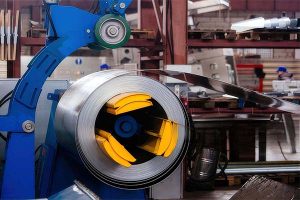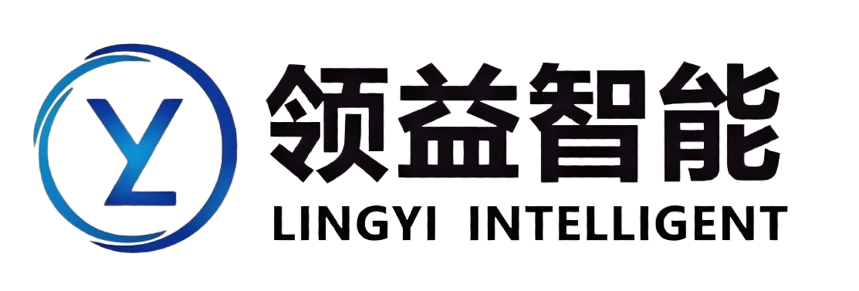
A coil line is a specialized manufacturing system designed for processing metal coils into usable forms.
Key features and advantages of a coil line:
Key Features:
Uncoiling: The coil line typically starts with an uncoiler that unwinds the metal coil, preparing it for further processing.
Leveling: After uncoiling, the material is often leveled to eliminate any curvature or defects, ensuring a flat surface for subsequent operations.
Cutting: The line may include cutting mechanisms, such as shears or a cut-to-length system, to produce sheets or strips of specific lengths.
Slitting: Some coil lines are equipped with slitting capabilities, allowing the material to be cut into narrower strips.
Re-coiling: After processing, the material can be re-coiled for storage or shipping.
Advantages:
Efficiency: Coil lines automate the processing of metal coils, significantly increasing production speed and reducing manual labor.
Versatility: They can handle various materials, including steel, aluminum, and other metals, and can be configured for different processing needs.
Reduced Waste: By optimizing cutting and processing, coil lines minimize scrap material, leading to cost savings.
Consistent Quality: Automated systems ensure uniformity in product dimensions and quality, which is crucial for meeting industry standards.
Space-Saving: Coil lines are designed to maximize space efficiency, allowing for high-volume processing in a compact footprint.
Integration: They can be integrated with other manufacturing processes, such as welding or forming, creating a seamless production workflow.
In summary, a coil line enhances productivity, reduces waste, and ensures high-quality output, making it an essential component in metal processing industries.

